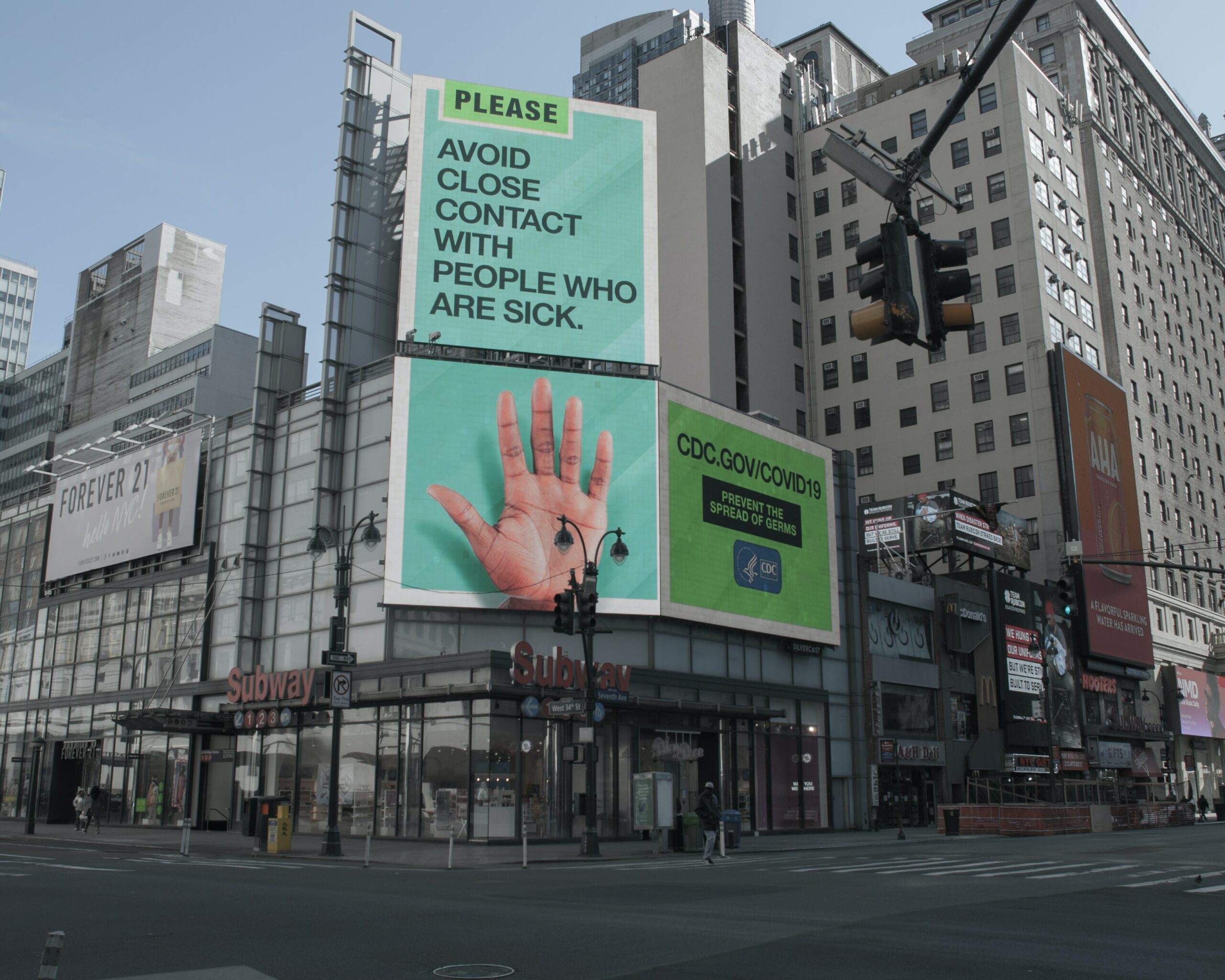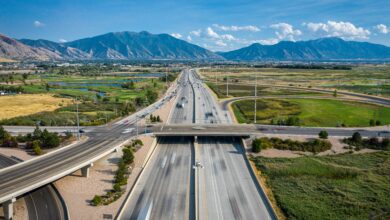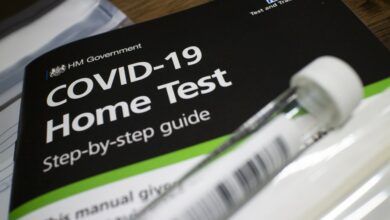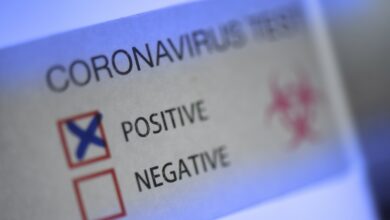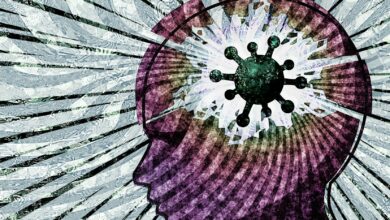We finally have some very encouraging news to see some light at the end of the tunnel for this COVID-19 isolation phase we’ve been experiencing that seems to some people as if it’s been forever. Though most people held on to the hope that it would end, no one knew when it would end or how it would be done. The President released an outline on Thursday, April 16th, for governors of states to follow which will end the isolation in three phases. There is still no hard-and-fast date for the first phase to begin, though the President is hopeful that it can start on, or even before, May 1st.
The governors of the states have the discretion as to when they feel their states are ready to begin phase one for reopening of businesses and to resume other activities. They may decide to open their entire state or proceed on a county basis. The guidelines the President has set are strongly recommended for governors to follow, but they are not mandatory.
How it Will Be Implemented
Before beginning phase one of the reopening of businesses and social gatherings, called “Opening Up America Again,” the governors will want to see a decline in COVID-19 cases and other cases of any flu-like illnesses reported for the past 14 days. This may be statewide, but it may also be that some counties are not showing a downward trend while the rest of the state is, so the governors may opt to start the procedure only in counties of the state showing the decline in cases.
Also, hospitals should be able to show they can handle the crisis treatment adequately, that they are equipped to provide new and existing testing procedures for the health-care providers at risk, provide adequate protection such as masks and gloves for their workers, and all of the other necessities for care, including enough ventilators, for patients’ treatments.
After each phase, before moving on to the next one, governors should reassess all of these issues. This means that there is no set timetable for progress to the next phase. It also implies that a resurgence of the virus in areas where it had previously declined may indicate the need to regress to complete isolation as before the start of the initiative.
Phase I
Even though phase one may begin in a state, it’s important that people be made aware that social distancing is still very necessary. This is why schools and daycare centers will not reopen in the first phase.
In this phase and in the second, unfortunately, nothing really changes for those most vulnerable to the virus. If someone is elderly or has a compromised immune system, it’s still not going to be safe to go out in public. If living with people who are able to take advantage of the new freedoms, it is necessary that those who are vulnerable take added precautions around friends or loved ones who may carry the virus home.
Even for those who will be able to fully take advantage of stores and other businesses reopening, it’s still very important not to be in crowds and to use precautions like masks and gloves. Employers should take care that all workers not return during this phase. Most workers will continue to do their jobs remotely if that has been possible. Phase I merely starts a gradual return to the workforce throughout the three phases.
Though restaurants, movie theaters, places of worship, sporting event arenas, and gyms may reopen, it’s unclear exactly how they may implement this, since it is still encouraged that social gatherings not be more than 10 people. There are some conflicting reports on whether or not some of these places like gyms will reopen in the first or second phases. There may be considerations as to the size of a facility so that safe distancing protocols can be strictly adhered to. Governors in neighboring states are getting together to discuss some common guidelines they can enact. Since, ultimately, the decisions will be left to the states’ governors, there may be some differences from one state to another.
.
Phase II
This is a shade different from the first phase. It is during this time when schools and daycare centers may be able to reopen. Extracurricular school activities may resume. Social distancing is still very essential in this phase, so it’s not defined how this will play out when children are involved in sporting events where there are normally a large group of family and friends gathered as spectators. Gatherings of more than 50 are discouraged.
There will be some nonessential travel, but governors are encouraged to make sure people know that it should be at a minimum for necessary health precautions. Bars may open as long as sanitation, distancing, and overcrowding precautions are priorities. Optimum health conditions are of utmost importance for all facilities at every stage of the transition to normalcy.
Phase III
For anyone having close friends or family in nursing homes they have not been able to visit, this has been an especially difficult time, but during this phase the visits can begin again. It is now that people who are vulnerable to complications from the virus can begin to socialize, but with strong precautions. This is also the time when the workforce will be back to full capacity without restrictions on distancing. Shopping and shopping centers will be in full swing.
While there is great hope for a successful transition into the normal state of affairs, it’s important to note that some epidemiologists say that in some places the virus has not yet reached its peak. While we want to remain hopeful, it’s also necessary to be aware that there might be some setbacks along the way. Any measures governors take are for the well-being of all, despite personal, temporary disappointments they may entail.
